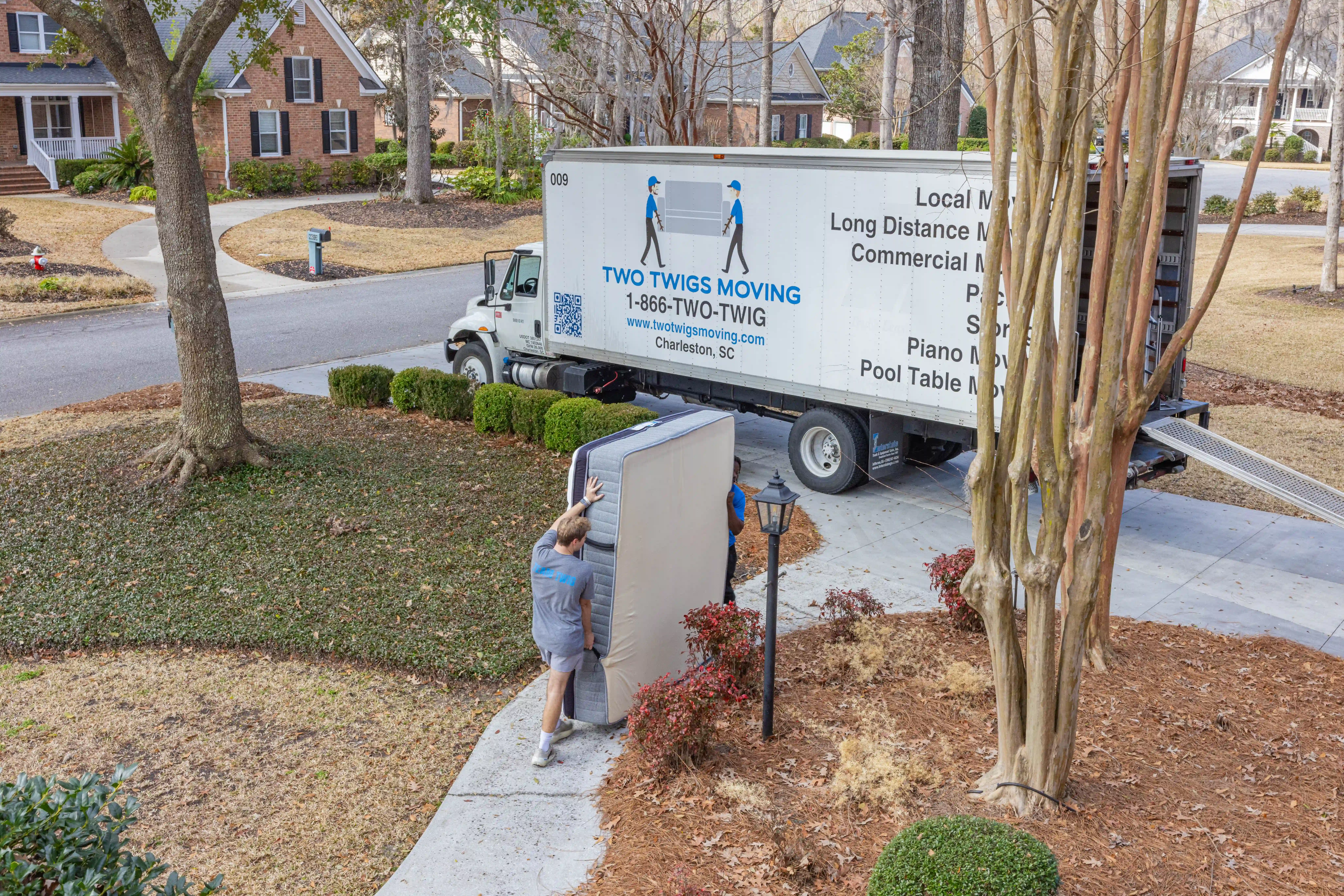Moving to a new home or office is an exciting adventure, but the logistics of packing and storing your belongings can be overwhelming without proper planning. Whether you’re downsizing, relocating temporarily, or simply need extra space during the transition, effective storage strategies can make a world of difference. Here are some essential tips to help you manage moving storage efficiently:
1. Declutter Before You Pack
Before you start packing, take the opportunity to declutter and minimize your belongings. Sort items into categories: keep, donate/sell, and discard. This not only reduces the volume of items you need to store but also simplifies the packing process.
2. Choose the Right Storage Solution
Consider your storage needs and choose the right type of storage unit or facility. Factors to consider include size (based on the amount of items you have), location (proximity to your new home or current location), security features (such as surveillance and access controls), and climate control (important for sensitive items like electronics or artwork).
3. Pack Efficiently
Pack items systematically and label boxes clearly. Use sturdy boxes and packing materials to protect fragile items. Group similar items together and label boxes with contents and room destination to streamline unpacking later. Consider using transparent bins for items you may need to access frequently.
4. Maximize Space Utilization
Make the most of your storage space by using vertical space and stacking boxes and furniture strategically. Disassemble large furniture items whenever possible to save space and protect them during storage. Utilize shelves, hooks, and pegboards to keep smaller items organized and easily accessible.
5. Protect Your Belongings
Ensure that your belongings are adequately protected during storage. Use furniture covers, mattress bags, and packing blankets to shield items from dust and potential damage. Consider using desiccants or moisture absorbers to prevent mold and mildew in humid climates.
6. Create a Detailed Inventory
Keep a detailed inventory of all items you’re storing. This helps you keep track of what’s in storage and where it’s located, making it easier to find specific items when needed. Digital inventory apps or spreadsheets can be particularly helpful for organizing your storage space efficiently.
7. Secure Your Storage
Choose a storage facility with robust security measures in place, such as surveillance cameras, gated access, and on-site staff. Ensure your storage unit is properly locked with a sturdy padlock or combination lock. Consider adding insurance coverage for stored items for added peace of mind.
8. Plan for Accessibility
Organize your storage unit with accessibility in mind. Place frequently needed items near the front and leave clear pathways to access items at the back. Consider creating a layout map of your storage unit to help you locate items quickly and efficiently.
9. Regular Maintenance and Check-ups
Visit your storage unit periodically to check for any signs of pests, leaks, or damage. Rotate stored items if necessary to prevent long-term pressure on furniture and fragile items. Keep your storage space clean and well-maintained to ensure items remain in good condition.
10. Update Address and Storage Details
Lastly, update your address and storage details with relevant parties, such as postal services, subscriptions, and utilities. Ensure that important documents and contact information related to your storage facility are readily accessible.
By following these practical moving storage tips, you can simplify the process of packing, storing, and accessing your belongings during a move. Effective storage management not only protects your items but also contributes to a smoother and more organized relocation experience. Whether you’re storing items short-term or long-term, these strategies help ensure your belongings remain safe, secure, and easily accessible whenever you need them.


.svg)


